Death is a phenomenon that once overtakes every person. In medicine, it is described as an irreversible loss of function of the respiratory, cardiovascular and central nervous system. Various signs indicate the moment of its onset.
Manifestations of this condition can be studied in several directions:
- signs of biological death - early and late;
- immediate symptoms.
What is death?
The hypotheses about what death is are different in different cultures and historical periods.
In modern conditions, it is ascertained when there is a cardiac arrest, respiration, and blood circulation.
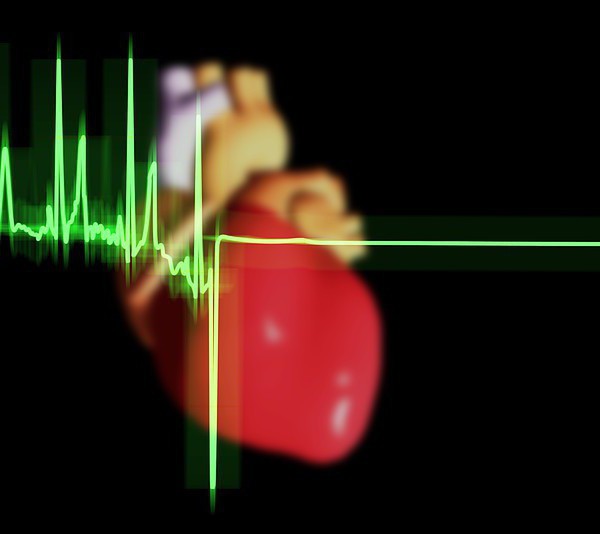
Social considerations regarding human death are not only of theoretical interest. Progress in medicine allows you to quickly and correctly establish the cause of this process and prevent it, if possible.
There are currently a number of issues discussed by doctors and researchers regarding death:
- Is it possible to disconnect a person from the apparatus of artificial life support without the consent of relatives?
- Can a person die of his own free will if he personally asks not to take any measures aimed at preserving his life?
- Can relatives or legal representatives make decisions regarding death if the person is unconscious, and treatment does not help?
People believe that death is the destruction of consciousness, and beyond its threshold the soul of the deceased passes to another world. But what really happens to this day is a mystery to society. Therefore, today, as already mentioned, we dwell on the following issues:
- signs of biological death: early and late;
- psychological aspects;
- the reasons.
When the cardiovascular system ceases to function, disrupting the transport of blood, the brain, heart, liver, kidneys and other organs cease to function. This does not happen at the same time.
The brain is the first organ that loses its function due to lack of blood supply. A few seconds after the supply of oxygen stops, a person loses consciousness. Further, the metabolic mechanism ends its activity. After 10 minutes of oxygen starvation, brain cells die.

The survival of various organs and cells, calculated in minutes:
- Brain: 8–10.
- Heart: 15-30.
- Liver: 30–35.
- Muscles: 2 to 8 hours.
- Sperm: 10 to 83 hours.
Statistics and Reasons
The main factor in human death in developing countries is infectious diseases, in developed ones - atherosclerosis (heart disease, heart attack and stroke), cancer pathologies and others.
Of the 150 thousand people dying around the world, approximately ⅔ die from aging. In developed countries, this proportion is much higher and amounts to 90%.
Causes of biological death:
- Smoking. In 1910, more than 100 million people died from it.
- In developing countries, poor sanitation and lack of access to modern medical technology increase the death rate from infectious diseases. Most often, people die from tuberculosis, malaria, AIDS.
- The evolutionary cause of aging.
- Suicide.
- Car accident.
As you can see causes of death may be different. And this is not the whole list of reasons why people die.
In high-income countries, most people live to be 70 years old, mostly dying from chronic illnesses.
Signs of biological death (early and late) appear after clinical death. They occur immediately after the cessation of brain activity.
Harbinger Symptoms
Immediate signs indicating death:
- Numbness (loss of movement and reflexes).
- EEG rhythm loss.
- Respiratory arrest.
- Heart failure.
But such signs as loss of sensation, movement, respiratory arrest, lack of pulse, etc., may appear due to fainting, inhibition of the vagus nerve, epilepsy, anesthesia, and electroshock. In other words, they can only mean death when they are associated with a complete loss of EEG rhythm over a long period of time (more than 5 minutes).
Most people often ask themselves the sacramental question: “How will this happen and will I feel the approach of death?” Today, there is no single answer to this question, since each person has different symptoms, depending on the disease. But there are common signs by which you can determine that in the near future a person will die.
Symptoms manifesting as death approaches:
- white tip of the nose;
- cold sweat;
- pale hands;
- bad breath;
- intermittent breathing;
- irregular heartbeat;
- decrease in body temperature;
- drowsiness.
Initial Symptom Overview
The exact line between life and death is difficult to determine. The farther from the line, the clearer the difference between them. That is, the closer death is, the more visually noticeable it will be.
Early signs indicate molecular or cellular death, they last for 12-24 hours.
Physical changes are characterized by the following early symptoms:
- Drying of the cornea.
- When biological death occurs, the metabolic processes cease. Consequently, all the heat in the human body goes into the environment, and the corpse cools down. Health workers claim that the cooling time depends on the temperature in the room where the body is located.
- Cyanosis of the skin begins within 30 minutes. It appears due to insufficient oxygen saturation of the blood.
- Cadaveric spots. Their localization depends on the position of the person and on the disease with which he was sick. They arise due to the redistribution of blood in the body. Manifest on average after 30 minutes.
- Rigor mortis. It begins about two hours after death, goes from the upper limbs, slowly moving to the lower. Fully expressed rigor mortis is achieved in the time interval from 6 to 8 hours.
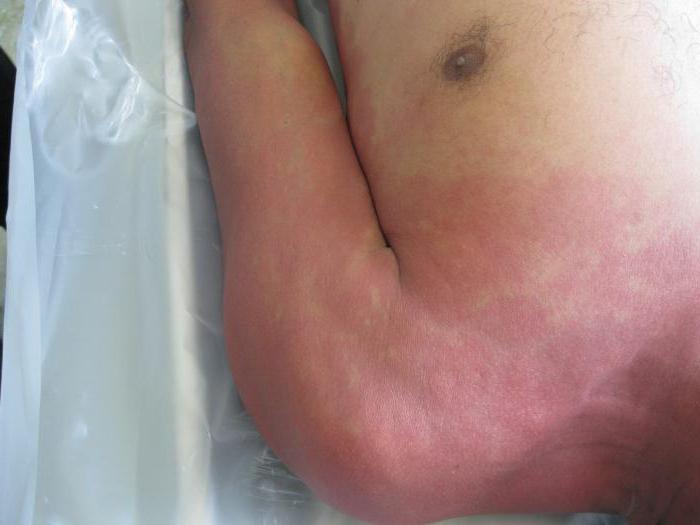
Pupillary constriction is one of the initial symptoms
The symptom of Beloglazov is one of the very first and most reliable manifestations in a deceased person. It is thanks to this sign that biological death can be determined without unnecessary examinations.
Why is it also called cat's eye? Because as a result of squeezing the eyeball, the pupil from round becomes oval, like in cats. This phenomenon really makes the dying human eye look like a cat's eye.
This symptom is very reliable and appears due to any reasons, the result of which was death. In a healthy person, the presence of such a phenomenon is impossible. Beloglazov's symptom appears due to the cessation of blood circulation and intraocular pressure, as well as due to dysfunction of muscle fibers due to death.
Late manifestations
Late signs are tissue decomposition, or rotting of the body. It is marked by the appearance of a greenish-discolored skin color, which appear 12-24 hours after death.
Other manifestations of late signs:
- Marbling is a network of marks on the skin that occurs after 12 hours, which becomes noticeable after 36 to 48 hours.
- Worms - begin to appear as a result of putrefactive processes.
- The so-called cadaveric spots become visible approximately 2-3 hours after cardiac arrest. They arise because the blood is immobilized, and therefore is collected under the action of gravity at certain points in the body. The formation of such spots can characterize signs of biological death (early and late).
- Muscles are relaxed at first, the process of muscle hardening takes from three to four hours.
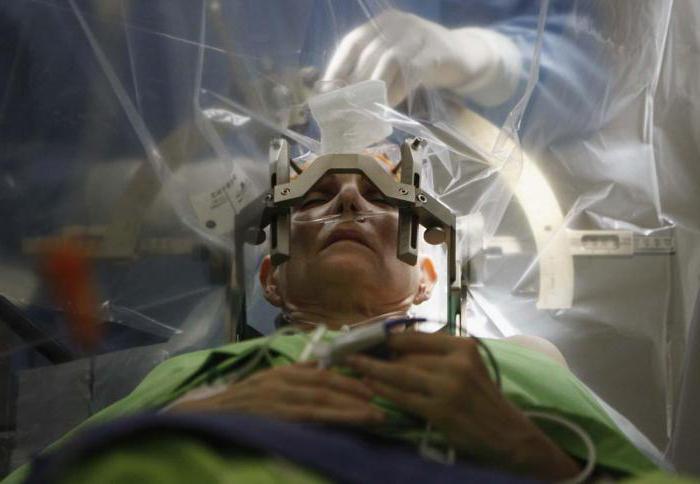
When exactly the stage of biological death will be reached, in practice it is impossible to determine.
Main stages
There are three stages through which a person goes through the process of dying.
The Palliative Medicine Society divides the final stages of death as follows:
- Pre-diagonal phase. Despite the progression of the disease, the patient needs independence and an independent life, but he cannot afford it because of what is between life and death. He needs good care. This phase applies to the last few months. It is at this moment that the patient feels some relief.
- Terminal phase. The limitations caused by the disease cannot be stopped, symptoms accumulate, the patient becomes weaker, and his activity decreases. This stage may occur a few weeks before death.
- The final phase describes the process of dying. It runs for a short period of time (a person either feels too well or is very bad). A few days later, the patient dies.
Terminal phase process
It is different for each person. In many deceased, shortly before death, physical changes and signs that indicate its approach are determined. Others may not have these symptoms.
Many dying people want to eat something delicious in the last few days. Others, on the contrary, have poor appetite. Both are normal. But you need to know that calorie and fluid intake complicates the process of dying. It is believed that the body is less sensitive to changes if no nutrients are supplied for some time.
It is very important to monitor the oral mucosa, to ensure good and regular care, so that there is no dryness. Therefore, the dying person needs to be given a little water to drink, but often. Otherwise, problems such as inflammation, difficulty swallowing, pain, and fungal infections can occur.
Many dying shortly before death become restless. Others - do not perceive the approaching death, because they understand that nothing can be fixed. Often people are half asleep, their eyes dim.
Frequent respiratory arrest is possible, or it can be quick. Sometimes breathing is very uneven, constantly changing.
And finally, changes in blood flow: the pulse is weak or fast, body temperature drops, hands and feet get colder. Shortly before death, the heart beats weakly, breathing is difficult, brain activity is reduced. A few minutes after the extinction of the cardiovascular system, the brain ceases to function, biological death occurs.
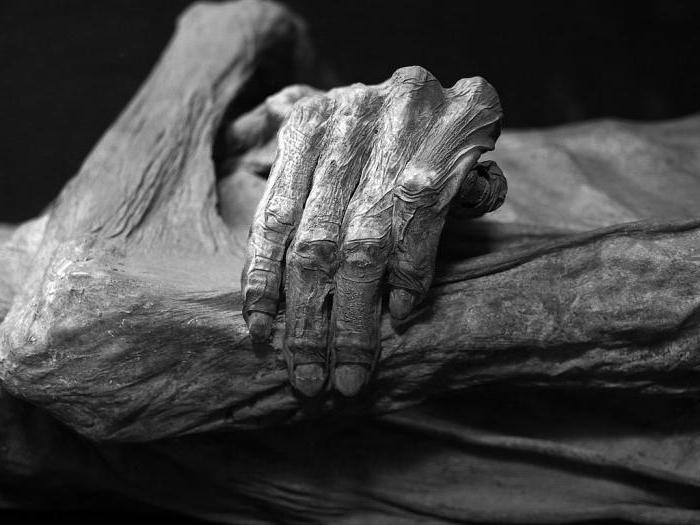
How is a dying person examined?
The examination should be carried out quickly, so that if the person is alive, have time to send the patient to the hospital and take appropriate measures. First you need to feel the pulse on the hand. If it is not palpable, then you can try to feel the pulse on the carotid artery by slightly pressing it. Then use a stethoscope to listen for breathing. Again, no signs of life were found? Then the doctor will need to do artificial respiration and heart massage.
If the patient does not have a pulse after the manipulations, then it is necessary to confirm the fact of death. To do this, open the eyelids and move the deceased's head to the side. If the eyeball is fixed and moves with the head, then death has come.
From the eyes, you can probably determine in several ways whether a person has died or not. For example, take a clinical flashlight and check your eyes for narrowing of the pupils. When a person dies, the pupils become narrow, corneal clouding appears. It loses its glossy appearance, but such a process does not always occur immediately. Especially those patients who have been diagnosed with diabetes mellitus or have diseases associated with vision.

In case of doubt, ECG and EEG monitoring can be done. An ECG within 5 minutes will show if a person is alive or dead. The absence of waves on the EEG confirms death (asystole).
Diagnosing death is not easy. In some cases, difficulties arise due to suspended animation, excessive use of sedatives and hypnotics, hypothermia, intoxication, etc.
Psychological aspects
Tanatology is an interdisciplinary field of study dealing with death issues. This is a relatively new discipline in the scientific world. In the 50-60s of the twentieth century, research opened the way to the psychological aspect of this problem, and programs began to be developed to assist in overcoming deeply emotional problems.
Scientists have identified several stages through which a dying person passes:
- Negation.
- Fear.
- Depression.
- Adoption.
According to most experts, these stages do not always occur in this order, as indicated above. They can be mixed and supplemented with a sense of hope or horror. Fear is constriction, oppression from the sensation of impending danger. The peculiarity of fear is intense mental discomfort from the fact that the dying man cannot correct future events. A reaction to fear can be: a nervous or dyspeptic disorder, dizziness, sleep disturbance, trembling, sudden loss of control over excretory functions.
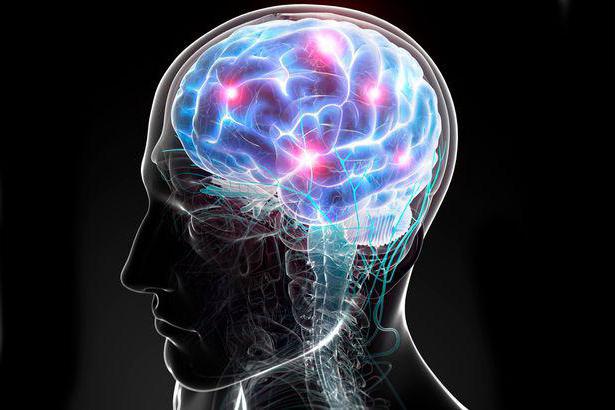
Not only a dying person, but also his relatives and friends go through the stages of denial and acceptance. The next stage is grief that comes after death. As a rule, it is more difficult to tolerate if a person did not know about the condition of a relative. In this phase, sleep disturbance and loss of appetite are present. Sometimes there is a feeling of fear and anger due to the fact that nothing can be changed. Later, sadness turns into depression and loneliness. At some point, the pain subsides, vital energy returns, but psychological trauma can accompany a person for a long period.
A person’s death can be carried out at home, but in most cases such people are hospitalized in the hope of helping and saving.
